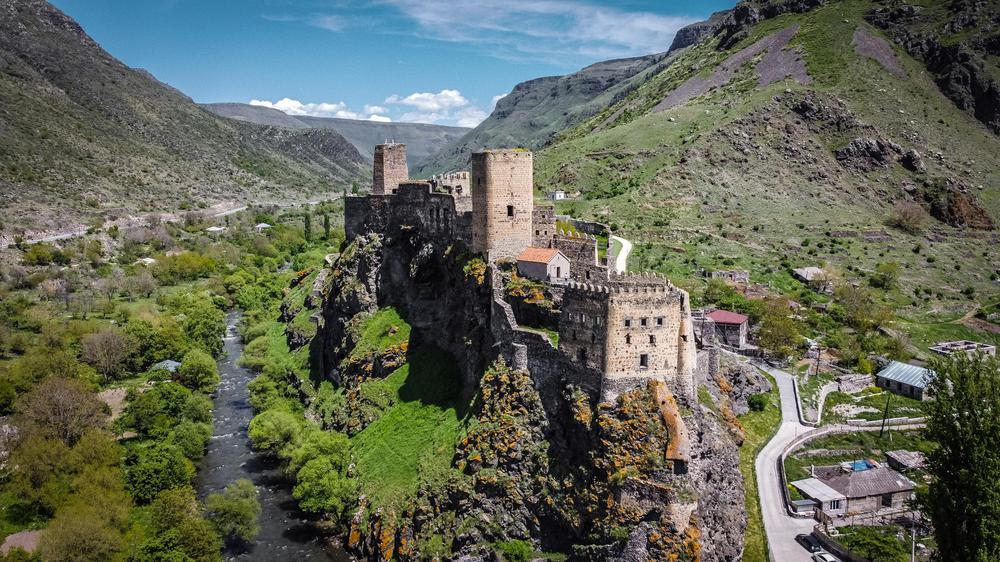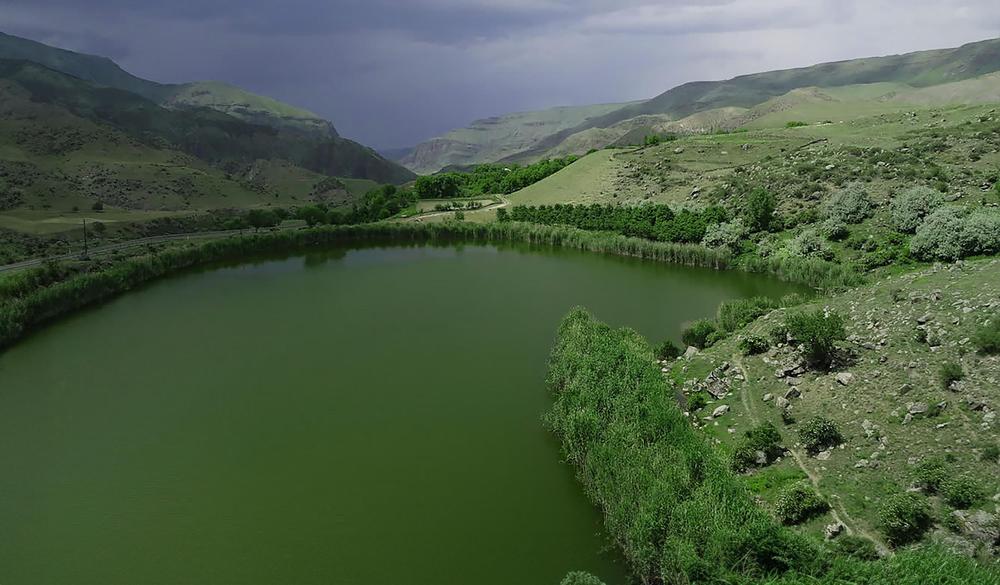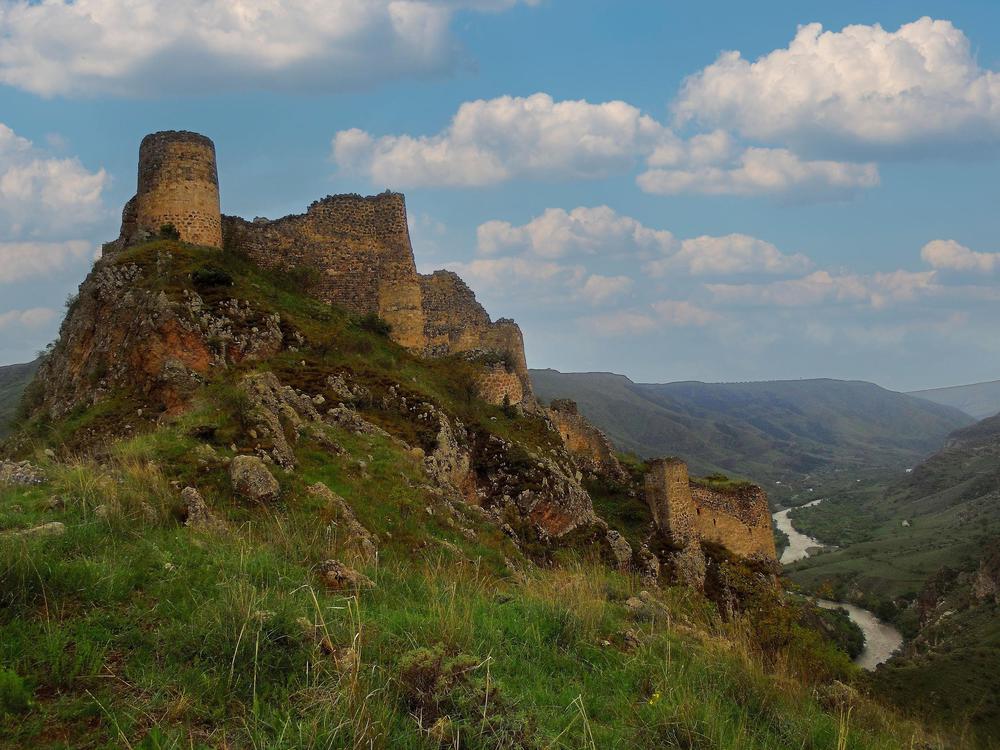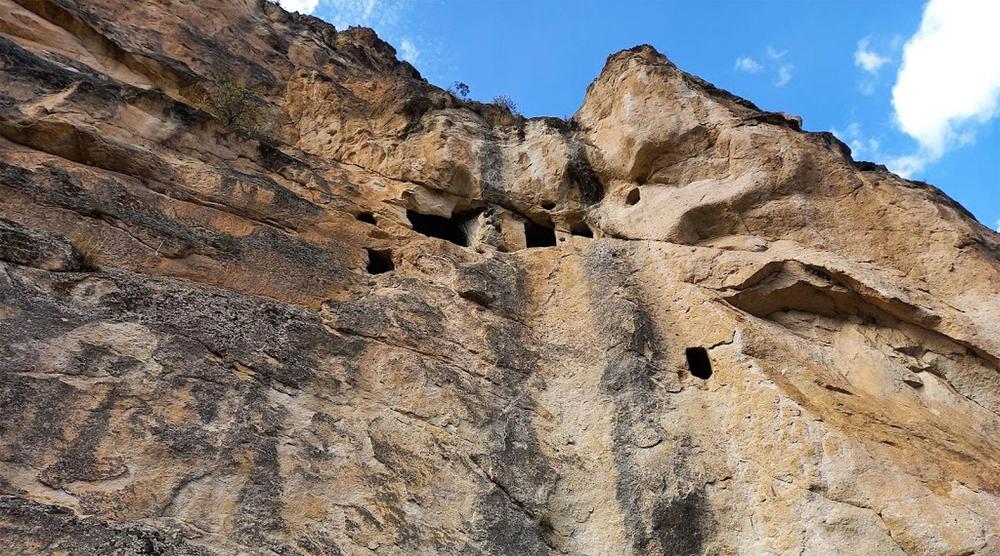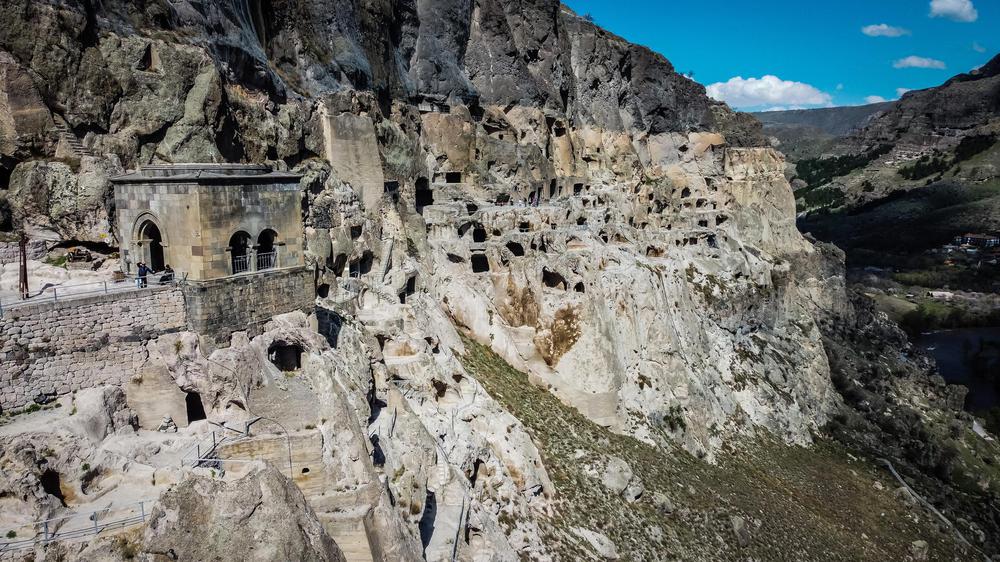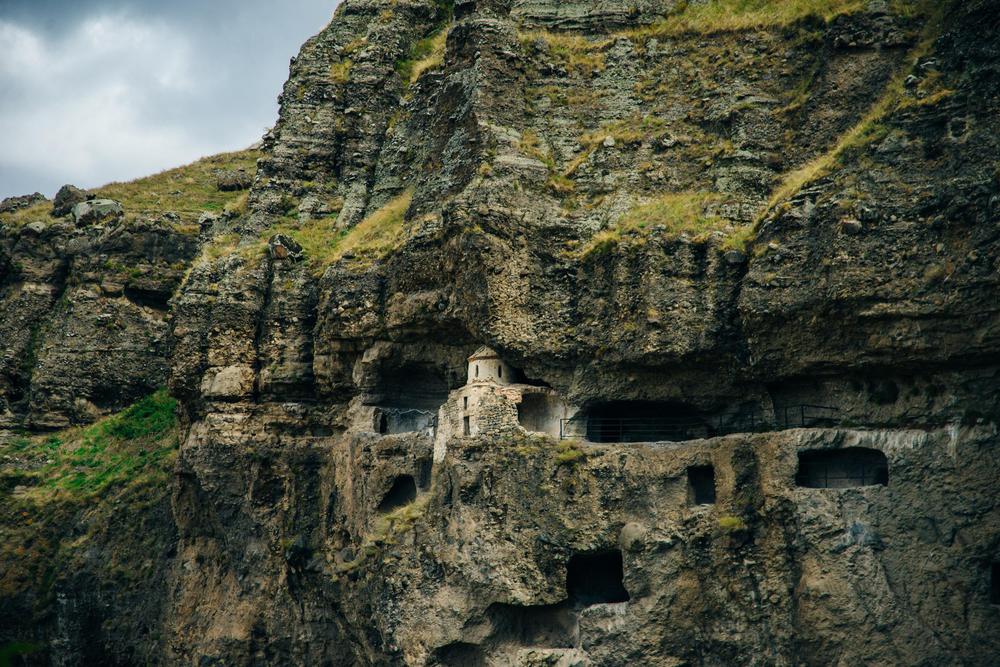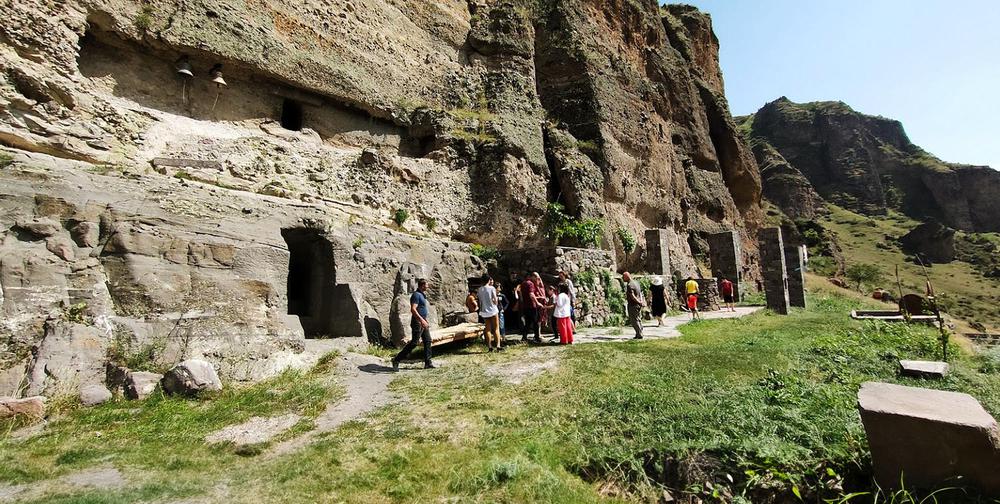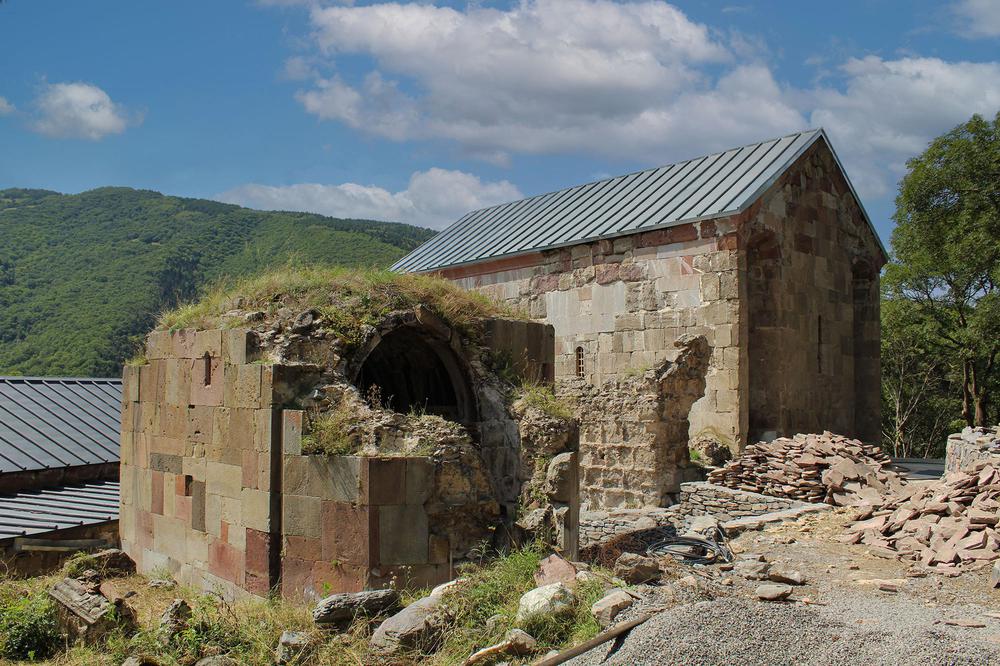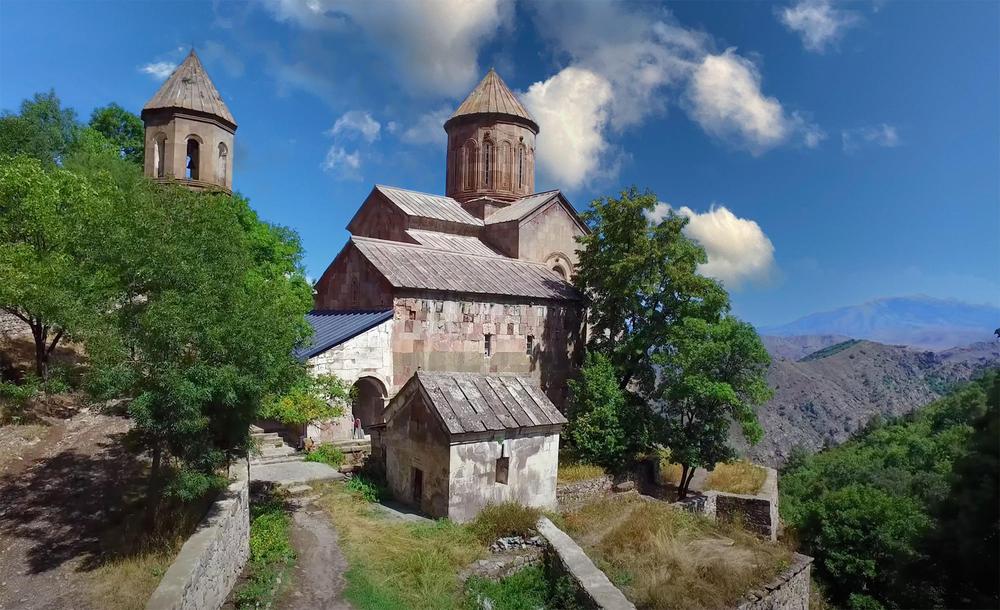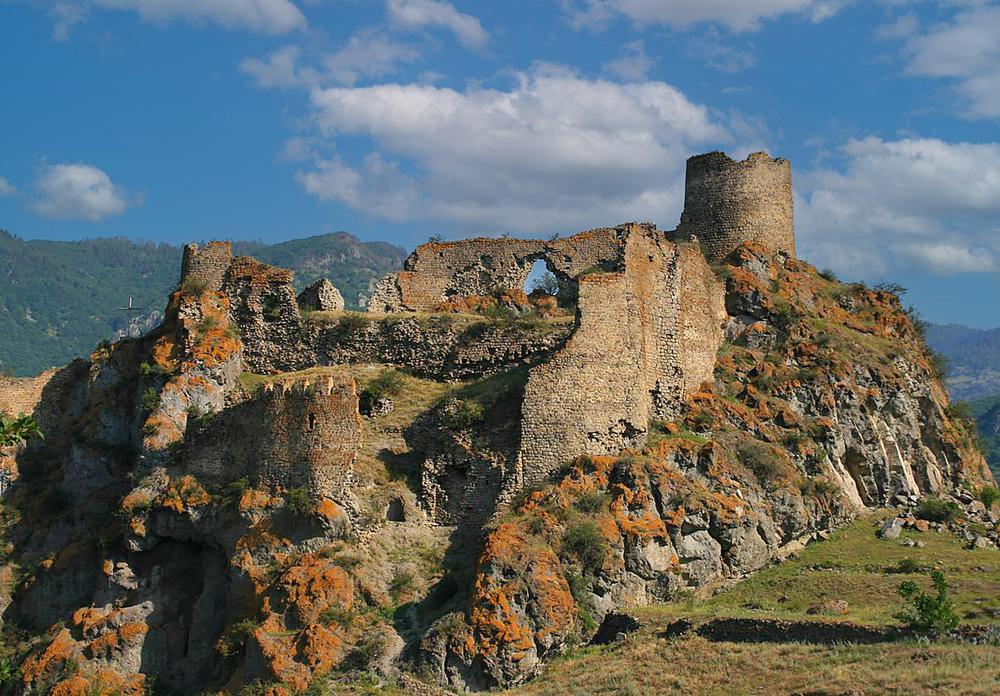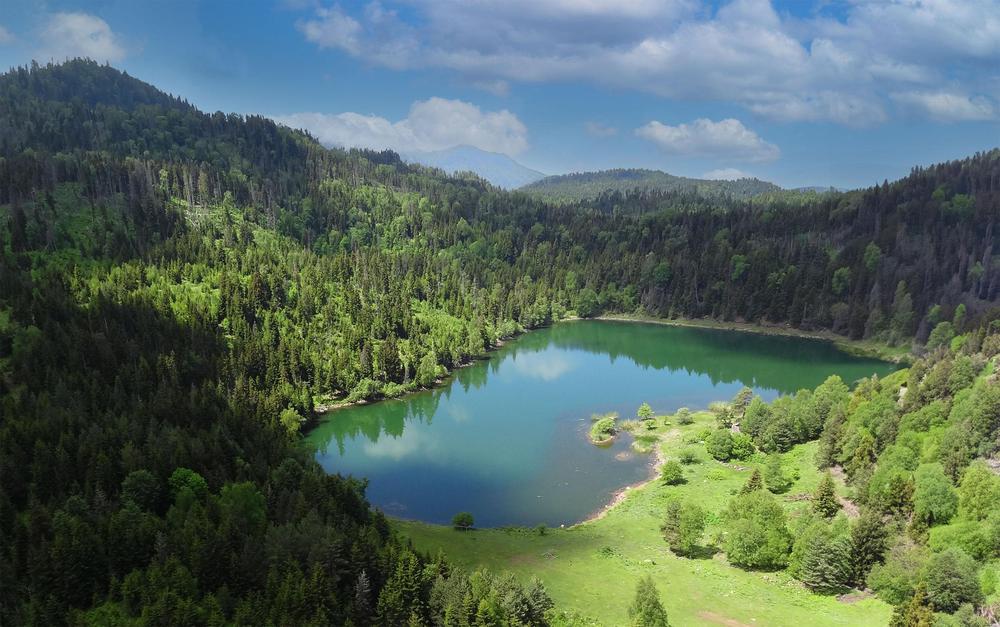Steeped in the mystery of millennia, Saro Fortress in Georgia stands as a testament to human resilience and architectural prowess. Its roots, believed to be buried deep in pre-Christian times, unfold a captivating narrative of cyclopean construction that remains intriguing even today.
While the precise timeline remains elusive, Saro Fortress is conjectured to have been constructed in the 1st or 2nd millennium BCE. This claim is substantiated by an abundance of archaeological findings, including both early and late Bronze Age artifacts and medieval pottery shards, discovered in the neighboring settlement. These archaeological treasures attest to the human habitation around Saro Village since at least the second millennium BCE.
Saro Fortress's architectural complexity is an embodiment of strategic brilliance. Comprising three separate structures, each served defensive purposes, situated independently of one another. These structures, periodically rebuilt, now stand in ruins, reaching heights of 2.5 to 3 meters, or approximately 8.2 to 9.8 feet.
Employing dry masonry, the fortress walls are a sight to behold, with boulders measuring up to 2.5 meters, or around 8.2 feet, in both length and width, meticulously placed side by side. Such cyclopean construction, where symmetry is perceptible despite the enormous size of the stones, is a hallmark of Saro Fortress.
This ancient fortress complex, located in the village of Saro in the Aspindza Municipality, within the Samtskhe-Javakheti region, includes the Lower Fortress, the Upper Fortress, and the New Fortress, also referred to as the tower. Each fortress occupies a distinctive position, with the Lower Fortress at the southwestern edge of the village, the Middle Fortress near the Church of the Archangels, and the tower-like Upper Fortress overseeing them all from the north.
Each fortress features its unique aspects. For instance, the Lower Fortress houses an architrave-covered door and a cache, while the Middle Fortress includes rooms of varying sizes and separate ruins. South of the fortresses, the remnants of stone walls and buildings suggest an erstwhile settlement.
Aside from the architectural marvel, the area around Saro Fortress has yielded ceramic fragments from the Mtkvar-Araks (or Kura-Araxes) culture of the Early Bronze Age, Late Bronze Age, and the Middle Ages, and burials from the early stages of the Late Bronze Age and the Hellenistic period.
The site offers a vantage point that unveils breathtaking views of the Mtkvari (Kura) gorge, adding another layer of allure to Saro Fortress, making it a must-visit for anyone with an interest in archaeology, history, or simply a love for breathtaking landscapes.

